Lace fabric is elegant, versatile, and cherished for its intricate beauty. This fabric has been used across cultures and eras, adapting to diverse needs in fashion, home decor, and crafting. To better understand its unique appeal, let’s explore what lace fabric truly is and the different types available today.
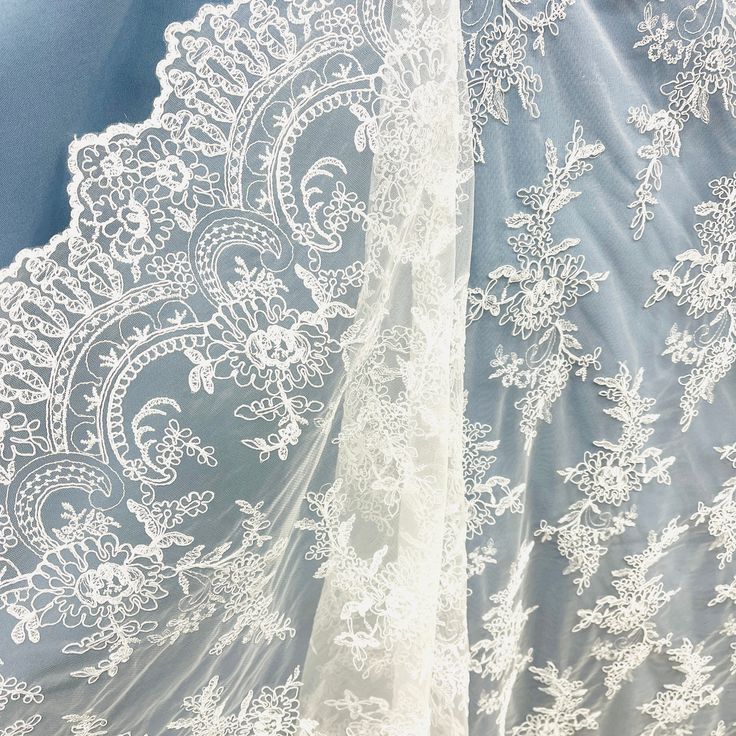
What is Lace Fabric?
Lace fabric is a delicate textile that is characterized by its openwork design. Its unique patterns are created through intricate looping or knotting of threads, rather than traditional weaving methods. This results in an airy and lightweight material that is visually striking.
Traditionally, lace was made from natural fibers such as silk, cotton, or linen. These materials contribute to the fabric’s softness and luxurious feel. However, advancements in textile technology have introduced synthetic fibers into modern lace production. This allows for greater durability and a wider range of colors and patterns.
Lace adds a touch of sophistication and elegance to any item. It is commonly used in a variety of applications, from clothing to home decor. Many designers incorporate lace into dresses, blouses, and evening gowns to enhance their aesthetic appeal. Additionally, lace is popular for curtains and table linens, adding texture and refinement to interiors.
In summary, lace fabric is a versatile and timeless textile. Its delicate nature and diverse applications make it a cherished choice in the fashion and home decor industries.
Types of Lacy Fabric
-
Chantilly Lace: This type is distinguished by its fine netting background and intricate floral patterns. Often found in black, Chantilly lace is popular in high-end fashion, lending a romantic touch to garments.
- Guipure Lace: Known for its bold design, Guipure lace features thick, raised motifs without a supporting net background. This results in a striking appearance, making it a favorite for statement pieces.
- Venetian Lace: Characterized by its heavy designs and dense stitching, Venetian lace is ideal for decorative projects. Its luxurious feel and elaborate patterns add elegance to any creation.
- Alençon Lace: This needle lace type showcases raised cords that outline its floral motifs. Alençon lace exudes a classic elegance, making it a popular choice for bridal wear and traditional garments.
- Crochet Lace: Made by hand using crochet techniques, this lace offers a charming vintage vibe. It is often used in home decor and accessories, adding a personal touch.
- Stretch Lace: This type includes elastic fibers, making it perfect for fitted clothing like lingerie and activewear. Its comfortable stretch provides both style and functionality.
Each type of lace fabric possesses unique characteristics, allowing it to serve specific aesthetic and functional purposes. Understanding these types aids in selecting the right lace for your projects.
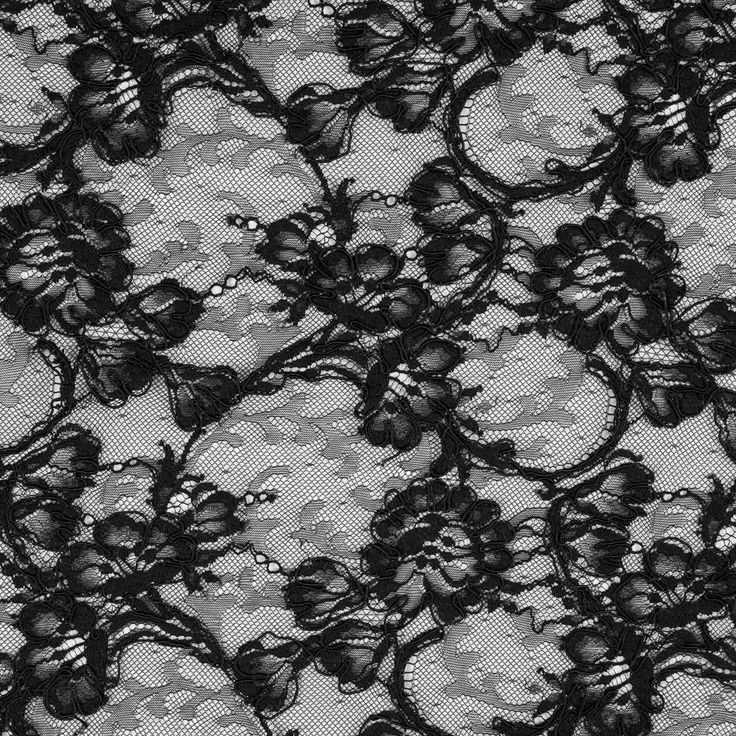
History and Evolution of Lace Fabric
Lace fabric has a rich history and has evolved greatly over the centuries. Its journey from a handmade luxury to a versatile modern material reflects changing cultural and fashion trends.
Origins and Early Uses
Lace originated in Europe during the late 15th and early 16th centuries. It was crafted meticulously by hand, using threads made from linen, silk, or gold. Early lace was used in religious garments, royal attire, and household décor for the wealthy. Its intricate designs and high cost symbolized status and luxury.
As lace gained popularity, different European regions developed their signature styles. For instance, Venetian lace became known for its dense, raised motifs, while Chantilly lace was prized for its delicate floral patterns. These early variations laid the foundation for modern lace’s diversity.
Modern Adaptations of Lace Fabric
In modern times, lace has advanced with industrial innovations. The invention of mechanical looms in the 19th century made lace more accessible to the masses. Synthetic fibers like nylon and polyester added durability and reduced costs.
Fashion designers now use lace in both traditional and contemporary styles. From wedding gowns to everyday wear, it adapts to various looks. Beyond fashion, lace has found applications in home décor, such as tablecloths, curtains, and pillowcases. It’s also popular in DIY projects for those seeking unique, personalized creations.
These adaptations keep lace relevant, blending its timeless charm with today’s functional needs. As trends evolve, lace continues to inspire creativity.
Common Applications of Lace Material
Lace fabric is incredibly versatile and serves numerous purposes across different domains. Below are some of the most notable applications of lace fabric today.
Lace in Fashion Design
Lace fabric has been a favorite in the fashion industry for centuries. Designers use it to add elegance and sophistication to various garments.
- Wedding Gowns: Lace is a classic choice for bridal wear, adding romance and timeless beauty.
- Evening Wear: Dresses with lace detailing make bold, luxurious statements at formal events.
- Lingerie: Stretch lace offers comfort and style, making it ideal for intimate apparel.
- Casual Apparel: Lace accents, such as collars or sleeves, enhance everyday clothing with finesse.
Fashion adapts lace for various themes, from bohemian styles to haute couture, making it universally beloved.
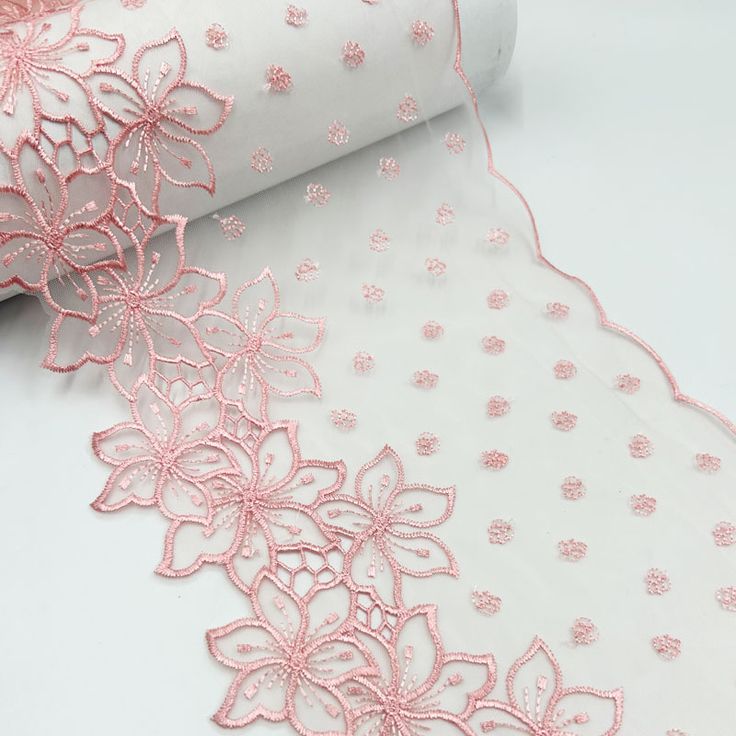
Lace in Home Decor
Lace fabric truly shines in home interiors due to its delicate appearance and unique charm. Here are several ways it can enhance your living space:
- Curtains: Lace curtains are a fantastic choice for any room. They allow natural light to filter in gently. This creates a soft and soothing ambiance that makes the space feel tranquil.
- Tablecloths and Runners: Incorporating lace into table settings instantly adds elegance. Whether for casual family dinners or special celebrations, lace enhances the overall aesthetic. It brings a touch of sophistication to any dining experience.
- Pillow Covers: Decorative throw pillows adorned with lace can transform a living room. They add texture and visual interest, making seating areas more inviting. Lace on pillows can complement other decor elements beautifully.
- Wall Hangings: Framed lace patterns serve as unique artistic decor. They can be hung as standalone art or grouped together for an eye-catching display. This adds depth and personality to walls.
By incorporating lace into your home decor, you create spaces that not only feel warm and inviting but also exhibit an artful refinement and attention to detail.
Lace in Crafting and DIY Projects
Crafters and DIY enthusiasts treasure lace for its unique textures and versatility.
- Scrapbooking: Lace trims enhance photo albums and other paper-based crafts.
- Gift Wrapping: Adding lace ribbons or accents turns ordinary gifts into memorable treasures.
- Jewelry Making: Creative DIYers make earrings, bracelets, and necklaces from lace fabric.
- Custom Clothing: Lace offers endless possibilities for personalizing jackets, shoes, or bags.
These creative uses allow lace fabric to transform into one-of-a-kind crafts and projects.
No matter the application, lace fabric provides beauty and intricacy, making it a cherished material in fashion, home decor, and crafting.
Popular Trends in Lace Material Usage
Lace fabric remains a timeless favorite, blending tradition with modern trends seamlessly. Today, designers and DIY enthusiasts continuously invent innovative ways to incorporate lace into contemporary outfits and designs.
Incorporating Lace into Modern Wardrobes
Modern fashion has embraced lace as a versatile material for stylish and trendy wardrobes:
- Statement Pieces: Lace tops and dresses are becoming everyday fashion staples, perfect for casual or formal outings.
- Layering: Many women layer lace over solids to add texture and sophistication to simple outfits.
- Outerwear Accents: Lace panels adorn coats or jackets, enhancing their uniqueness and charm.
- Accessories: Lace scarves, gloves, and hair bands add elegance to everyday looks effortlessly.
- Footwear: Designers now use lace details in shoes to achieve a chic, delicate finish.
Incorporating lace into your wardrobe allows you to explore romantic, edgy, or vintage styles depending on your preferences.
Innovative Ways to Use Lace in Design
Innovative approaches breathe new life into lace fabric across design industries:
- Mixed Materials: Combining lace with denim, leather, or metallic fabrics creates modern, eye-catching designs.
- Bold Colors: Vibrant and dyed lace fabrics are gaining popularity for a bold, contemporary feel.
- Geometric Patterns: Designers use lace with sharp lines or unusual shapes for artistic appeal.
- Upcycling Projects: Craft enthusiasts repurpose old lace curtains or clothes into fresh, trendy items.
- Interior Innovations: Designers now use lace in lampshades, furniture accents, and even as wall art.
These creative trends prove lace fabric transcends traditional uses, inspiring fresh ideas and styles.
By blending lace with contemporary designs, you can highlight its timeless charm while pushing the boundaries of innovation.
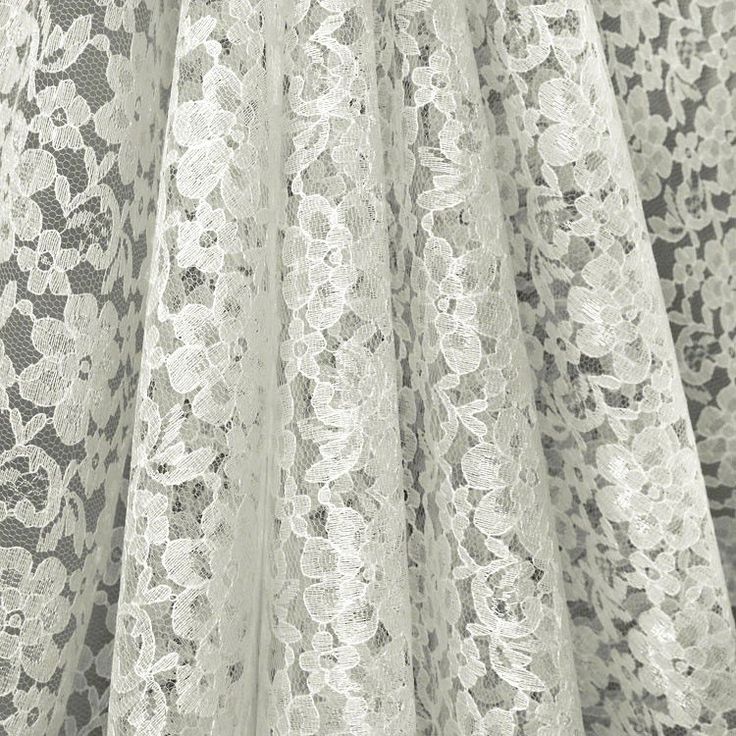
Care and Maintenance of Lace Fabric
Proper care is essential for preserving the beauty and durability of lace fabric. Here are some crucial tips to follow.
Tips for Cleaning Lace
- Gentle Hand Washing: Always wash lace by hand using lukewarm water. This method is gentler compared to machine washing and reduces the risk of damage.
- Mild Detergent: Use a detergent specifically formulated for delicate fabrics. This will help protect the lace fibers from wear and tear.
- Do Not Wring: After washing, gently press out excess water. Avoid twisting or wringing the lace, as this can distort its shape and integrity.
- Cold Water Rinse: Rinse thoroughly with cold water to ensure all soap residues are removed. Warm or hot water can damage the fabric over time.
- Air Dry: Lay the lace flat on a clean towel to air dry. Never place lace fabric in a dryer, as high heat can cause shrinking or damage.
- Spot Cleaning: For minor stains, use a damp cloth for spot cleaning instead of washing the entire piece. This minimizes unnecessary wear on the fabric.
- Avoid Bleach: Bleach can weaken and discolor lace fabric significantly. It is best to avoid using bleach altogether.
By following these guidelines, you can keep your lace fabric clean and preserve its delicate structure for years to come.
How to Store Lace Material Properly
Storing lace fabric correctly is vital for maintaining its beauty. Here are essential tips to ensure your lace fabric remains in excellent condition.
- Clean Before Storing: Always wash and dry lace before storing it. This prevents discoloration and keeps odors at bay.
- Use Acid-Free Paper: Wrap the lace in acid-free tissue paper. This helps protect it from dust and potential stains while stored.
- Cool, Dry Place: Choose a cool, dry area for storage. This helps prevent mold growth and moisture damage, which can ruin the fabric.
- Avoid Hangers: Instead of hanging lace on hooks or hangers, fold it. Hanging can stretch the fabric and distort its shape over time.
- Keep Away from Light: Store lace out of direct sunlight. Exposure to light can cause fading and discoloration of the delicate fibers.
- Layer with Fabric: Place soft cotton fabric between folded layers of lace. This extra cushioning provides additional protection and prevents snags.
- Check Periodically: Regularly inspect your stored lace for any signs of damage or pests. Early detection helps prevent severe damage.
By following these storage tips, you will preserve the beauty and quality of your lace fabric for years to come.
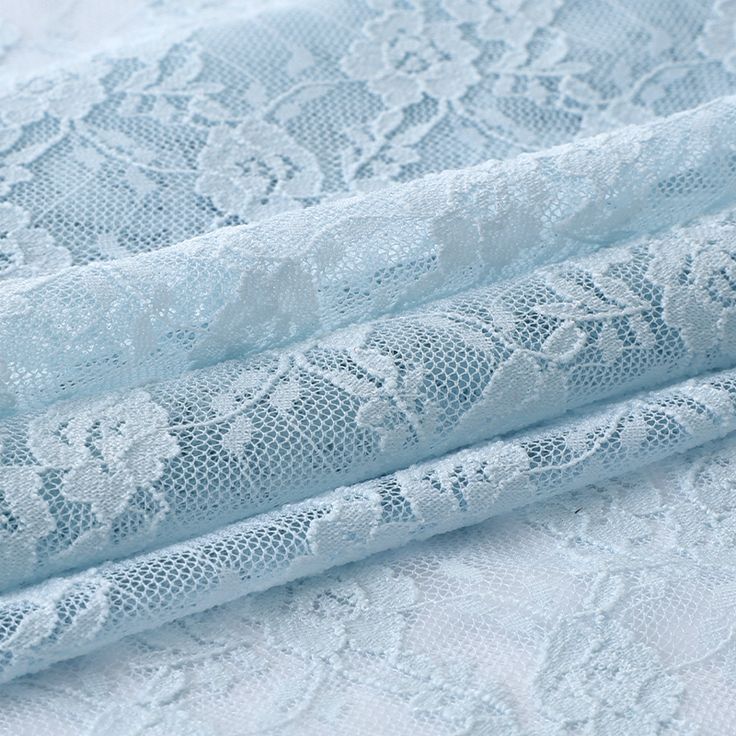
Sustainable Practices for Lace Material
Sustainability is becoming an important consideration in the use and production of lace fabric. By adopting eco-friendly practices and innovative reuse ideas, individuals can reduce waste while maintaining the beauty and utility of this material.
Eco-Friendly Lace Options
- Organic Materials: Choose lace made from organic cotton, hemp, or bamboo fibers. These materials are biodegradable and grown without harmful pesticides.
- Recycled Fibers: Opt for lace crafted from recycled polyester or other reused materials. These options reduce environmental impact.
- Natural Dyeing: Look for lace dyed with plant-based, non-toxic dyes to minimize chemical pollution.
- Local Production: Support local artisans and manufacturers. Locally produced lace has a smaller carbon footprint due to reduced transportation.
- Fair Trade Lace: Select lace certified by fair trade organizations. This ensures ethical production and sustainable practices.
- Minimal Packaging: Purchase lace with minimal or biodegradable packaging to reduce plastic waste.
These choices allow you to enjoy lace’s elegance while promoting environmental consciousness.
Upcycling Ideas with Lace Fabric
- Decorative Additions: Repurpose old lace into design features like borders on cushions, curtains, or tablecloths.
- Clothing Remodels: Add lace details to plain dresses, tops, or jeans to give them a new look.
- Lace Jewelry: Use small pieces to create custom necklaces, bracelets, or earrings.
- Gift Wrapping: Use lace strips instead of ribbons for wrapping gifts. It adds charm and lets you reuse scraps.
- DIY Wall Art: Frame intricate lace patterns for unique, upcycled home decorations.
- Lamp Covers: Create lace overlays for lamp shades to produce soft, artistic lighting.
- Craft Supplies: Integrate lace into scrapbooking, card-making, or other DIY craft projects.
By upcycling, you can transform unused lace into creative items while reducing waste. This promotes sustainability and preserves the elegance of lace for future generations.

